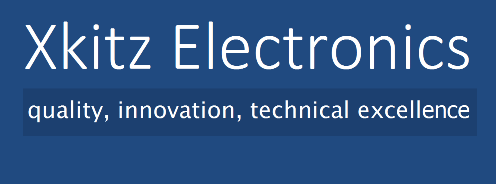And how many active and passive parts are you adding into the signal chain going active? I don't but that at all. I run analog bi/multi amp systems where the passive crossover parts are used to do any compensation needed to flatten/tailor the frequency response of the individual drivers. The actual driver crossover is done actively. An example would be a CD horn or waveguide where you can just remove a passive crossover, sub in a simple active and get the same results.
Simple would be a typical 24dB L/R where the only adjustment options you have are frequency and driver level and polarity.
If you have drivers that are smooth and need no response tailoring you can go with a simple analog crossover but many times that is simply not the case.
You need to look at the individual driver response measured in the actual enclosures used of the voltage drive that the passive crossover provides for the drivers. Lot's of times in passive they are not using canned and textbook curves to get the desired response.
Rob

















